Why British supercar maker McLaren is saying 'no' to SUVs
The British automaker is only focusing on hypercars.
Lamborghini, Porsche and Maserati have one. Ferrari and Aston Martin are working on theirs.
But don’t expect an SUV from McLaren. The British supercar maker just unveiled its latest model, a sleek, $315,000 convertible called the 720S Spider.
“There are three reasons why there will not be a McLaren SUV,” Tony Joseph, president of McLaren Automotive North America, told ABC News, without apology.
“It could dilute the brand,” he said. “An SUV is not a driver’s car. And if we made that financial investment in the technology, will it pay off?”
He added, “It’s not the customers who are asking for an SUV. It’s the media.”
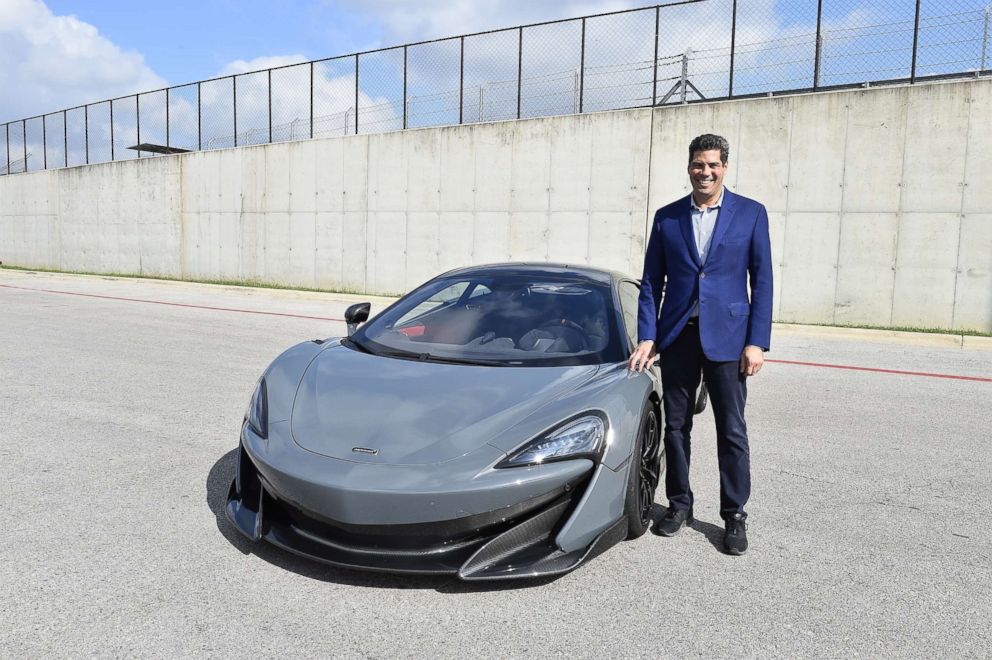
It was once unthinkable for sports car manufacturers to get into the SUV game. Now, SUVs are a guaranteed cash cow.
The market tells the story: Maserati said its Levante SUV accounts for 50 percent of sales worldwide. The Porsche Macan and Cayenne are the best-selling models for the German brand. There’s a 12-month waiting list for the Lamborghini Urus.
SUVs and light trucks are the top-selling vehicles in the U.S., accounting for 70 percent of the U.S. market. Carmakers continue to see increasing demand for SUVs in China, Asia, Europe and the Middle East.
“People are gobbling up the Urus like the Cayenne,” Kim Wolfkill, editor-in-chief of Road and Track magazine, told ABC News. “The Urus is a way to get into a Lambo without driving a low-slung exotic.”
Unlike McLaren Automotive, which is privately-owned, Lamborghini is one of several brands under the Volkswagen umbrella, including Porsche, Audi and Bentley. The technological know-how for an SUV was already there.
“Lamborghini didn’t have to engineer a platform for an SUV from the ground up,” Wolfkill noted.
McLaren, however, finds itself in a unique position.
McLaren “set out to only produce serious sports cars,” Wolfkill said. “It’s also trying to produce the wildest track car available. Every six months, McLaren announces a better version of its last model.”
Rebecca Lindland, an independent automotive expert, argued that McLaren’s anti-SUV stance may prove to be a smart business strategy.
“The premium luxury brands needed to expand and go after the SUV market,” she told ABC News.
“McLaren doesn’t need to do this just because the other brands are,” she said. “It’s important to stay authentic. If the client isn’t looking for one then McLaren doesn’t need to build an SUV.”
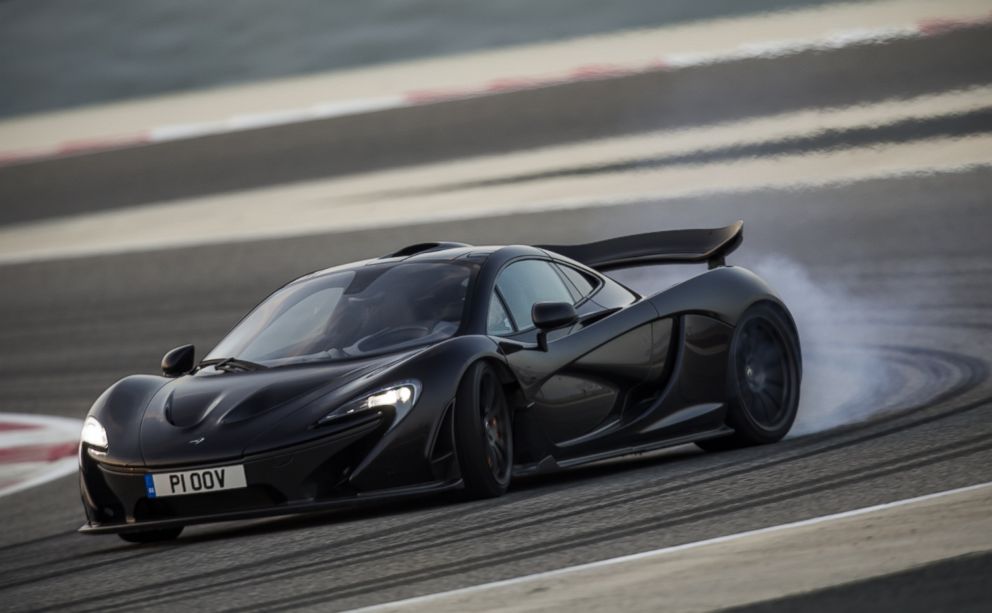
Joseph said he hadn’t anticipated how swiftly the industry responded to high-performance SUVs that handle like sports cars.
He was at Porsche when it debuted the Cayenne in 2002, a seminal moment in the auto industry and one that encouraged others to rev up their own plans for an SUV.
McLaren Automotive, part of the McLaren Group, which also owns the Formula One racing team, was spun off in 2010 to create six-figure (and sometimes seven-figure) supercars and hypercars for billionaires.
“When we launched, we had very little brand awareness,” said Joseph, who was hired in June 2009 as the company’s first-ever U.S. employee.
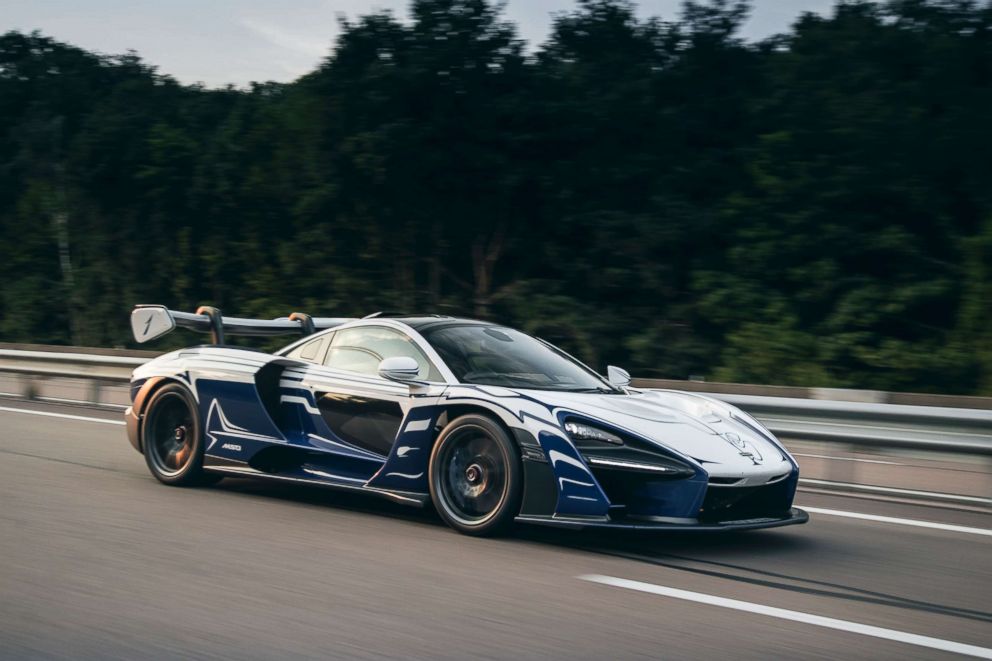
McLaren was always known for its proud racing legacy in Formula One and its founder Bruce McLaren, the famous New Zealand race car driver and inventor who was killed testing one of his own cars at the Goodwood Circuit in 1970 at the age of 32.
McLaren’s Formula One team, struggling competitively in recent years, has won eight constructors’ championships, 12 drivers’ titles and 182 grands prix. That racing expertise and rich motorsports heritage formed the backbone for the new company. When McLaren Automotive presented the design for its first car, the MP4-12C, demand was astronomical. Production was sold out for three years.
In May, McLaren announced that it had produced its 15,000th car – a major milestone for the young, niche automaker. The new 720S Spider is the second model under the company’s Track 25 business plan, which aims to launch 18 new models or derivatives by 2025.
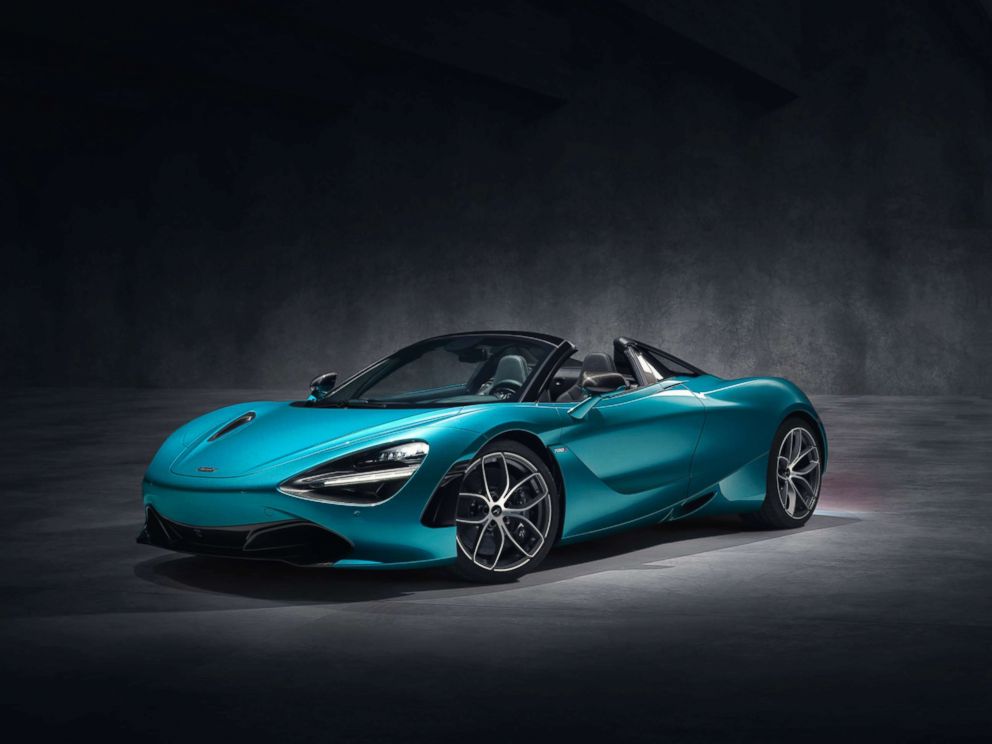
The first model, the McLaren Speedtail, a hybrid “Hyper-GT,” was three-times oversubscribed when it was announced in November 2016.
Only 106 units will be produced, at a price of 1.6 million pounds or $2 million. The Speedtail – the fastest-ever McLaren (it can exceed 243 mph, the top speed of McLaren’s legendary F1 road car) – features a three-seat cockpit design and a gasoline electric hybrid powertrain.
McLaren has also publicly declared that 100 percent of its supercar lineup will be hybrid in seven years.
“We consider ourself as a technology company first and we want to be cutting edge,” Joseph said. “Hybrids – that’s the future.”
The company has been exploring the possibility of an all-electric car. It may have a battery under the hood but McLaren’s signature “throaty” exhaust sound would still be there, Joseph promised.
“That’s the plan,” he said.
Workers hand-assemble about 20 of the company’s performance-focused cars each day at the McLaren Technological Center, the automaker’s futuristic headquarters in Woking, Surrey, England.
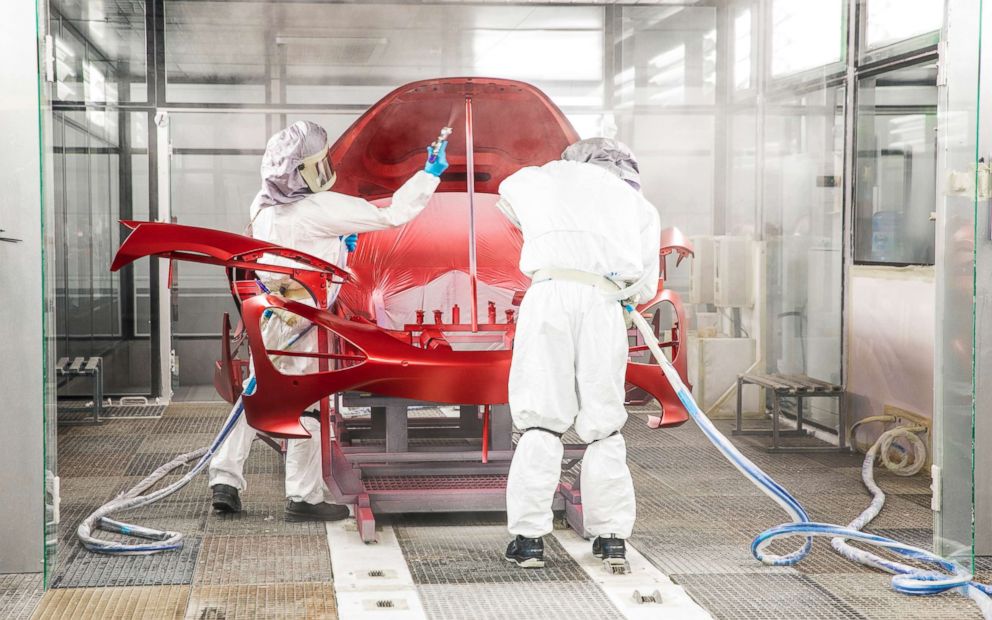
In 2017, the automaker sold 3,340 cars globally, with 1,300 units delivered to customers in North America. This year the company will be on track to produce 4,000 cars, Joseph said, with the goal of 6,000 in 2025. Ferrari, McLaren’s main competitor, shipped 8,398 units in 2017.
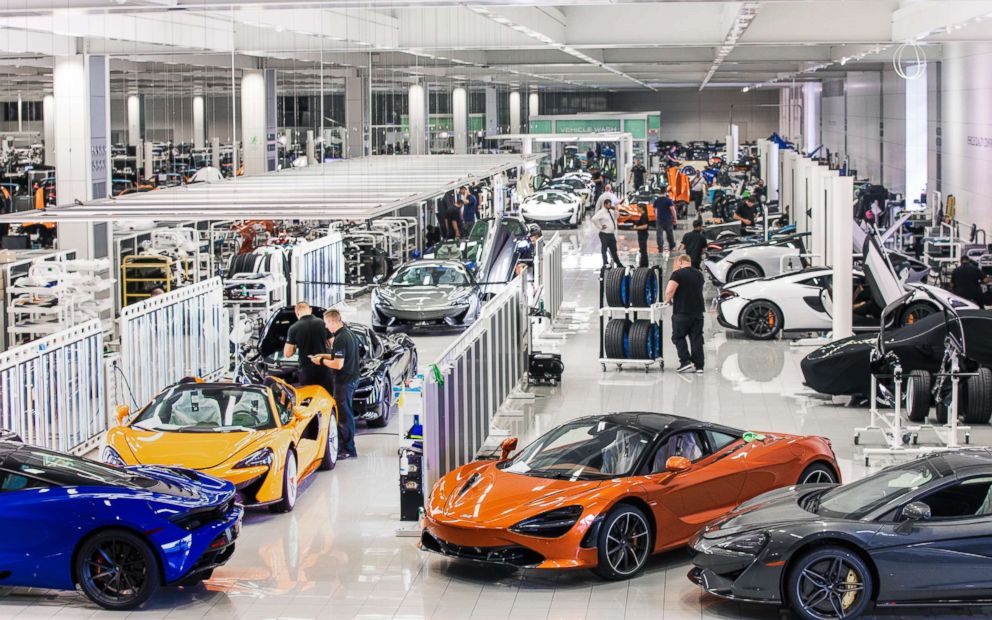
McLaren would not divulge revenue figures, only saying that it has already surpassed 2017 sales in the U.S., a banner year for the company. To keep the momentum going the company has started reaching out to a new demographic.
“We’re trying to appeal more to women,” Joseph said. “We’re seeing more women driving McLarens because of the comfort.”
The sports cars coming out of Woking may earn plaudits for their record-breaking speeds and aerodynamic designs. But there’s another reason why McLaren has been so successful so quickly.
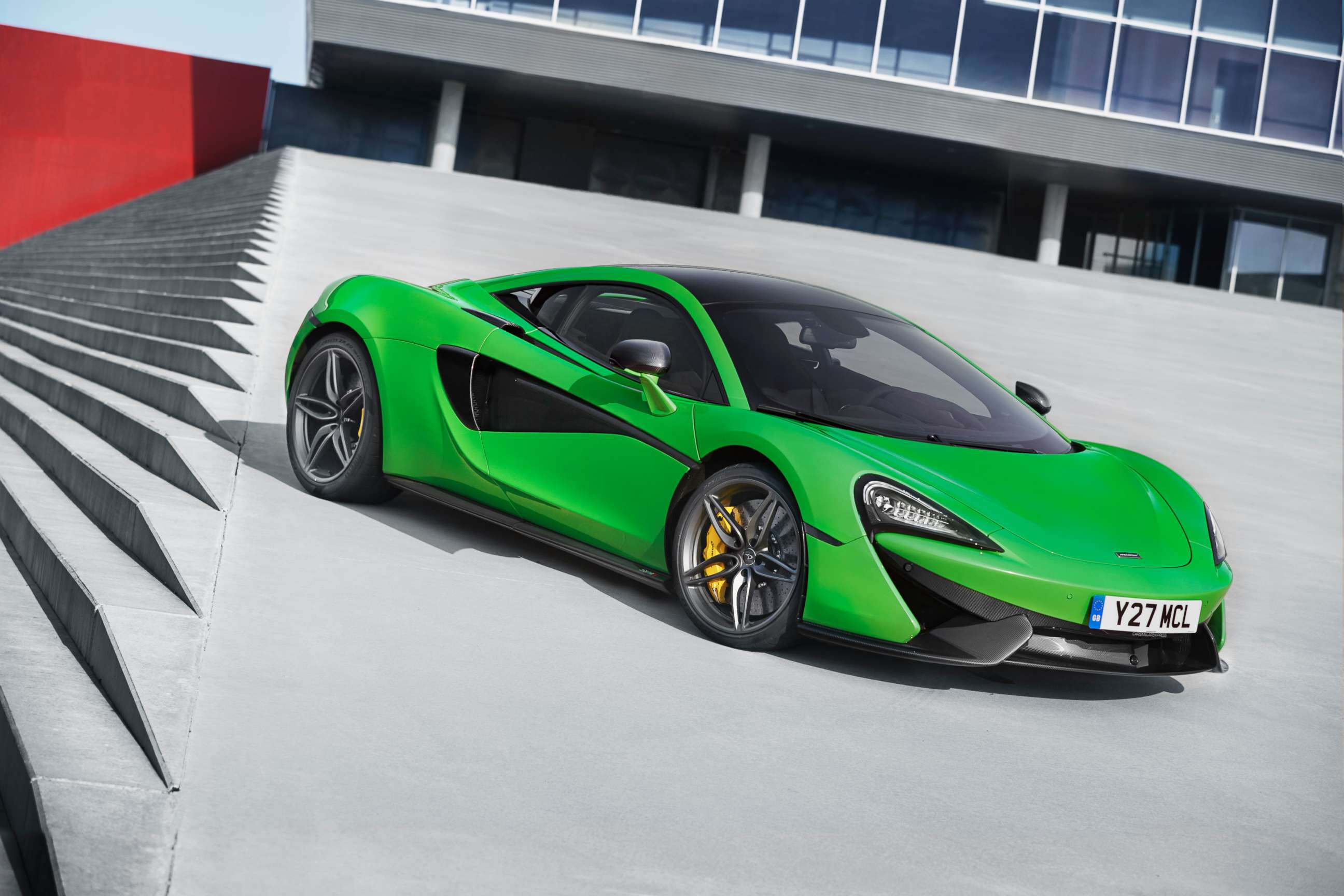
“It’s a new company as far as production cars. It does not have a lot of legacy baggage,” said Wolfkill. “It’s building cars that people enjoy driving.”




